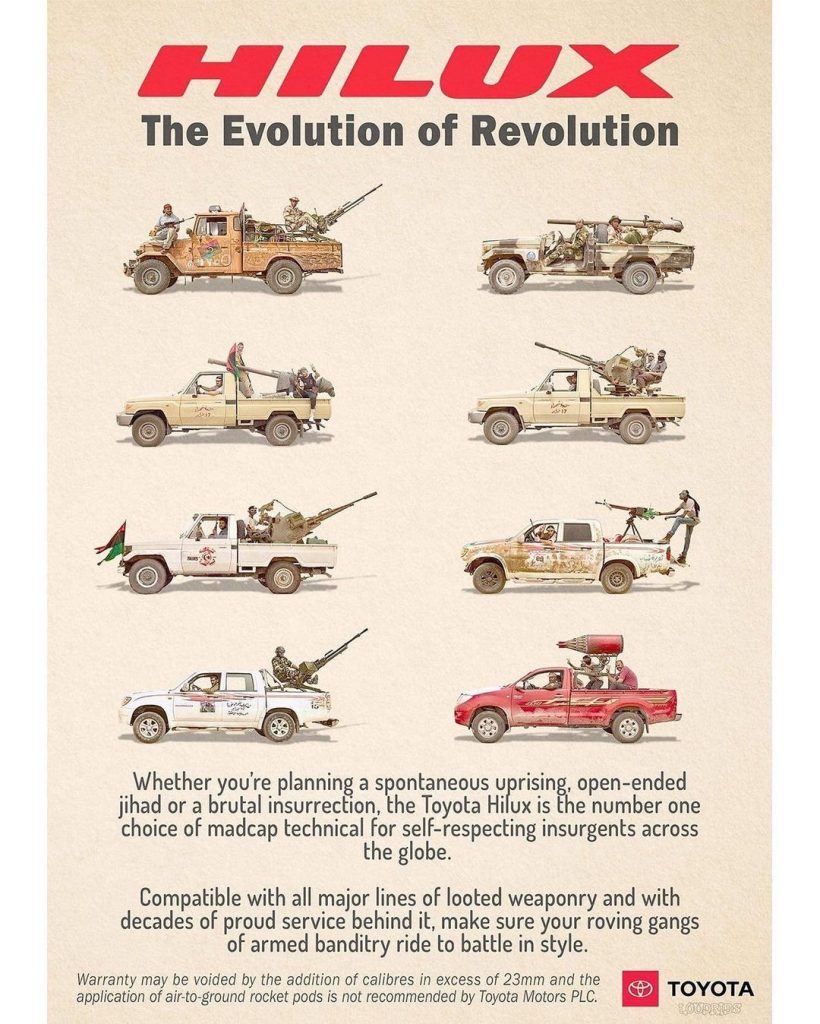The right to repair movement is a worthy effort fighting the banal evil of planned obsolescence.
If you aren’t familiar with the term, it’s an economic and industrial design strategy to deliberately make products with shorter functional lives to “shorten the replacement cycle” aka make you buy a new one.
If you are a user of Apple products (as I am) then you are probably familiar with its reputation for degrading service. They are paying out to the tune of 500m for the practice.
But right to repair issues and planned obsolescence doesn’t just happen in electronics. It’s a problem in auto repair and home appliances too. Repairing a broken part can be more expensive than buying a new item.
And it’s getting worse. Computer chips are now in everything from your refrigerators and dishwasher to your car. Consumers reasonably loathe the increased complexity and challenges of repairing major purchases when everything is “smart.”

And I fear most of our regulatory climate is dedicated to making this problem worse. When Japanese automakers first come to the United States their vehicles had longer lifespans so American carmakers were forced to respond by building more durable products. That was a positive thing.
But geopolitical tensions being what they are the, U.S. Commerce Department proposed a national security ban on certain Chinese and Russian-made car parts from U.S. roads The motive is to protect American consumers from digital surveillance and hijacking. But who knows what gets caught up in the effort as we could be allowing in parts that make it easier to repair our own cars.
If we learned anything from Japanese cars it’s that allowing competition was an unalloyed good. There are cars I wish we had in America like the iconic Toyota Hilux. Here is a synopsis from Perplexity on why the Toyota Hilux is considered to be so durable. It’s got a robust chassis, a simple design that is easy to repair, minimal electronics and high quality components.
But you can’t own a Hilux in America. Why? The “Chicken Tax,” a tariff on light trucks, was imposed by the United States in retaliation for tariffs placed by other countries on American chickens.
But maybe it’s good we Americans can’t have a light truck that is easy to repair and designed to last. The internet has a long lore of memes dedicated to the car’s use in revolutions. You certainly wouldn’t want Americans getting any ideas about that.
